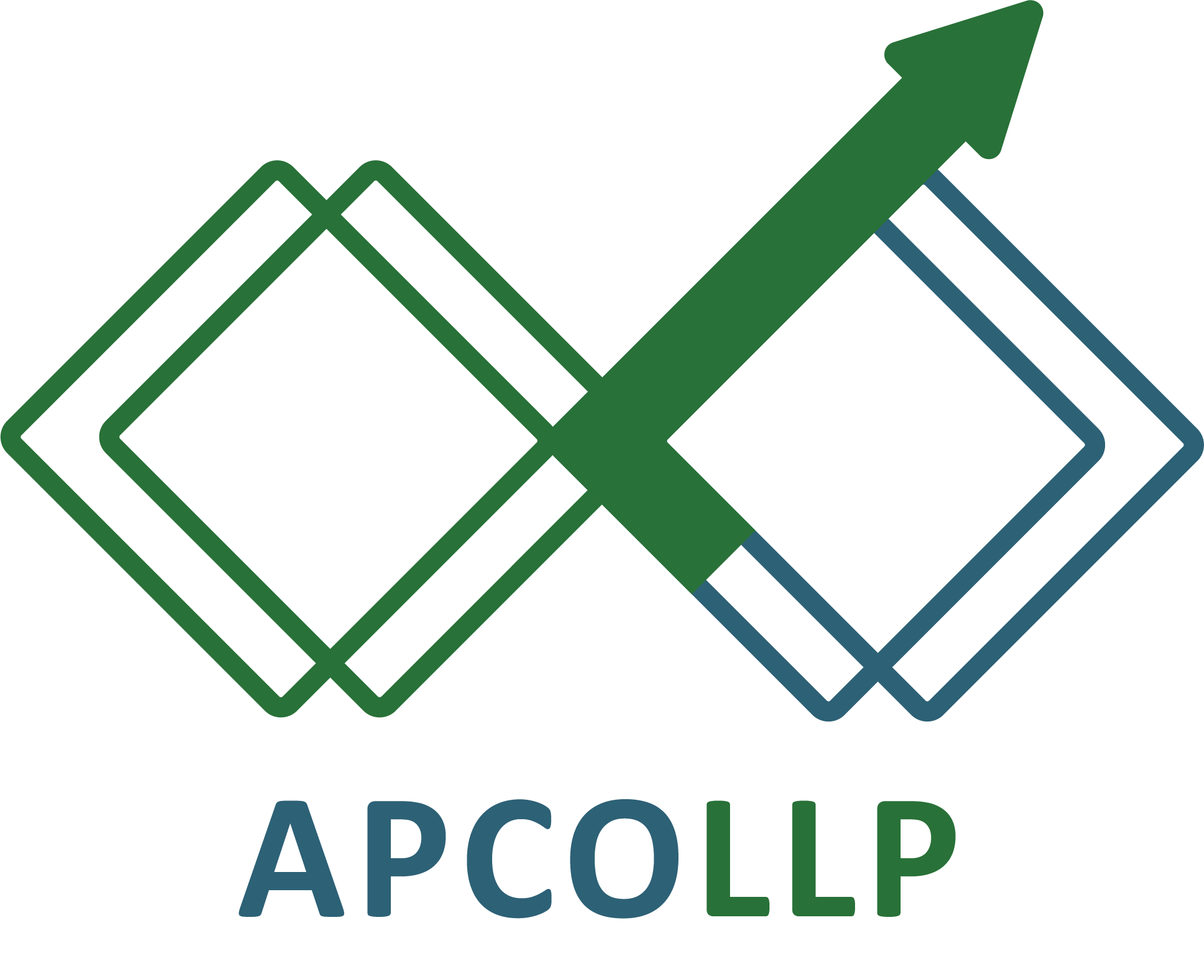SME IPO Advisory

Initial public offering of small and medium-sized enterprises (SME). Small and Medium Enterprises, known commonly as SMEs, have become an integral part of India’s socio-economic development. SMEs have a low capital cost and enable increased employment opportunities. As of 2022, over 66 lakh new enterprises have been registered across the country. SMEs are mostly private companies funded by private investors. However, one can get funds from public investors by making their SME public
Generally, SMEs who obtain their funding from private investors issue IPOs when private financing can no longer meet their financial requirements. After the IPO ends, SME stocks are traded on the stock exchange. Public investors can become stakeholders in the SME by buying their shares.
Platform for SME IPO
To give SMEs and startups an equal chance to raise funds from the general public, the NSE and the BSE have established a separate SME IPO platform, NSE Emerge and BSE SME, respectively, for the listing and trading of SMEs.
Relaxation in SEBI Norms for SME IPO
SEBI relaxes IPO norms for SME IPOs compared to mainboard IPOs. The post-issue paid-up capital of the company issuing SME IPO should not exceed Rs 25 crores. The other eligibility requirements for SME IPO company directors/promoters/investors remain the same as for a regular IPO, where the said persons should not be defaulters, offenders or disqualified from accessing the capital markets.
In addition to the above criteria, SMEs must also meet other eligibility requirements prescribed by the exchanges. The criteria for SME IPO are explained in detail below.
SME Listing Process
MEs must hire the right professionals to tackle the mountain of paperwork and other compliance formalities for issuing an IPO.
1.Appoint an Underwriter
The first step to getting the IPO process started is to appoint a merchant banker. The merchant banker, also known as an underwriter, is a professional with expertise in market expectations. Underwriters are responsible for drafting the IPO-related documents, including data about the face value, the selling price of the shares, etc. The appointed banks must conduct due diligence to ensure the data provided by the SME is accurate and without any discrepancies.
2 Prepare the DHRP
Before the company goes public, the potential investors prefer to access the company’s information, i.e., operations and prospects. The underwriter creates a document called the Draft Red Herring Prospectus (DRHP). The DRHP allows potential investors to analyze the company’s financial data and conduct a market evaluation to make informed investment decisions.
3. Submit the DHRP
When companies file a regular IPO, they submit the DRHP to the Securities and Exchange Board of India (SEBI). However, SMEs must submit and get the DRHP verified by the Stock Exchange.
- Advertise the IPO and announce the launch date
Once the Stock Exchange approves the draft, the underwriters add the IPO opening and closing dates, IPO issue price, etc., and launch the IPO on a predetermined date. At this point in time, only the underwriters, banks, and stock exchange have information about the company’s plan to go public. Therefore, the next step is advertising and marketing the new IPO to attract public investors.
- Launch the IPO and allot the shares
The last step is to launch the IPO on the opening date. Investors can subscribe to a minimum lot of shares before the closing date. The allotment stage comes after the closing date, where a select number of investors are allotted the shares.
After the IPO is officially launched in the primary market and the company allots the shares to the investors, the company becomes a public company. At this point, other investors can buy its shares in the secondary market.
BSE SME IPO Eligibility
SMEs must meet the following criteria set by the BSE SME platform for issuing SME IPO.
- The company should have been incorporated under the Companies Act, 1956.
- The company should have a positive net worth.
- The Net Tangible Assets of the company should be Rs 1.5 crore.
- The company should have a track record (operations) of at least three years. If not, the company should have been funded by banks/financial institutions/central government or state government and should have a positive net profit (before depreciation and taxes) in any of the last three years.
- The company should have a website .
- The company should have an agreement with both Indian depositories CDSL and NSDL.
- The company should facilitate trading in Demat form .
- The list of promoters should not have changed in the preceding year from the date of applying to BSE for listing under the SME segment.
- The company should submit a certificate to BSE stating that the company is currently not under any Board for Industrial and Financial Reconstruction (BIFR) matter nor received any winding up petition against the company.
NSE SME IPO Eligibility
SMEs must meet the following criteria set by the NSE Emerge- platform for issuing SME IPO.
- The company should be incorporated under the Companies Act 1956 / 2013 in India.
- The company should have a track record (operations) of at least three years.
- The promoters should individually or jointly hold at least 20% of the share capital after the issue.
- One of the promoters should have at least three years of experience in the same industry.
- The company should have operating profit and positive net worth in at least 2 out of 3 fiscal years .
- There should be no pending Board for Industrial and Financial Reconstruction (BIFR), insolvency or bankruptcy proceedings against the company or promoters.
- The company should not have received any winding-up petition from NCLT/Court.
- No material regulatory or disciplinary action has been taken against the applicant company by any stock exchange or regulatory agency in the last three years.
